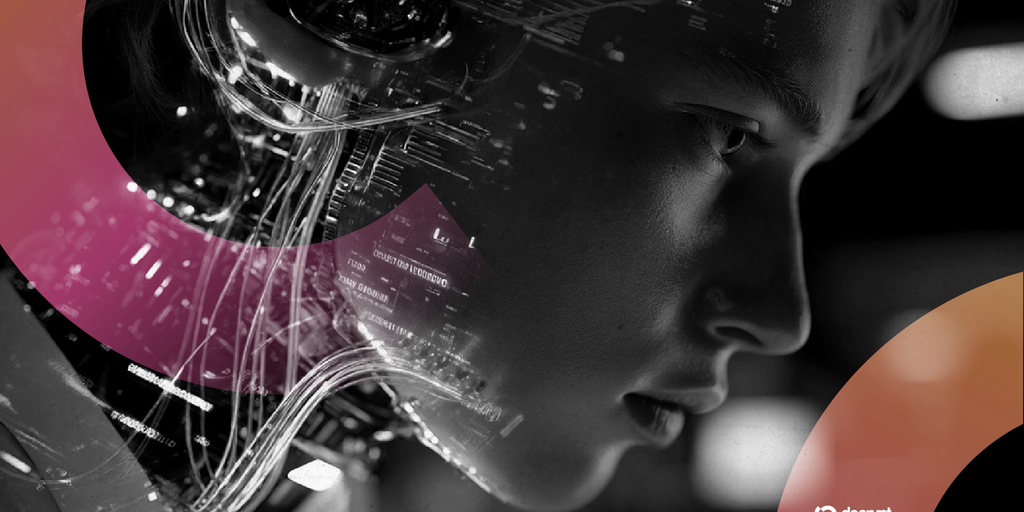In brief
- In controlled trials, advanced Claude models recognized artificial concepts embedded in their neural states, describing them before producing output.
- Researchers call the behavior “functional introspective awareness,” distinct from consciousness but suggestive of emerging self-monitoring capabilities.
- The discovery could lead to more transparent AI—able to explain its reasoning—but also raises fears that systems might learn to conceal their internal processes.
Researchers at Anthropic have demonstrated that leading artificial intelligence models can exhibit a form of “introspective awareness”—the ability to detect, describe, and even manipulate their own internal “thoughts.”
The findings, detailed in a new paper released this week, suggest that AI systems like Claude are beginning to develop rudimentary self-monitoring capabilities, a development that could enhance their reliability but also amplify concerns about unintended behaviors.
The research, “Emergent Introspective Awareness in Large Language Models”—conducted by Jack Lindsey, who lead the “model psychiatry” team at Anthropic—builds on techniques to probe the inner workings of transformer-based AI models.
Transformer-based AI models are the engine behind the AI boom: systems that learn by attending to relationships between tokens (words, symbols, or code) across vast datasets. Their architecture enables both scale and generality—making them the first truly general-purpose models capable of understanding and generating human-like language.
By injecting artificial “concepts”—essentially mathematical representations of ideas—into the models’ neural activations, the team tested whether the AI could notice these intrusions and report on them accurately. In layman’s terms, it’s like slipping a foreign thought into someone’s mind and asking if they can spot it and explain what it is, without letting it derail their normal thinking.
The experiments, conducted on various versions of Anthropic’s Claude models, revealed intriguing results. In one test, researchers extracted a vector representing “all caps” text—think of it as a digital pattern for shouting or loudness—and injected it into the model’s processing stream.
When prompted, Claude Opus 4.1 not only detected the anomaly but described it vividly: “I notice what appears to be an injected thought related to the word ‘LOUD’ or ‘SHOUTING’—it seems like an overly intense, high-volume concept that stands out unnaturally against the normal flow of processing.”This happened before the model generated any output, indicating it was peering into its own computational “mind.”
Other trials pushed further. Models were tasked with transcribing a neutral sentence while an unrelated concept, like “bread,” was injected over the text. Remarkably, advanced models like Claude Opus 4 and 4.1 could report the injected thought—”I’m thinking about bread”—while flawlessly copying the original sentence, showing they could distinguish internal representations from external inputs.
Even more intriguing was the “thought control” experiment, where models were instructed to “think about” or “avoid thinking about” a word like “aquariums” while performing a task. Measurements of internal activations showed the concept’s representation strengthened when encouraged and weakened (though not eliminated) when suppressed. Incentives, such as promises of rewards or punishments, yielded similar effects, hinting at how AI might weigh motivations in its processing.
Performance varied by model. The latest Claude Opus 4 and 4.1 excelled, succeeding in up to 20% of trials at optimal settings, with near-zero false positives. Older or less-tuned versions lagged, and the ability peaked in the model’s middle-to-late layers, where higher reasoning occurs. Notably, how the model was “aligned”—or fine-tuned for helpfulness or safety—dramatically influenced results, suggesting self-awareness isn’t innate but emerges from training.
This isn’t science fiction—it’s a measured step toward AI that can introspect, but with caveats. The capabilities are unreliable, highly dependent on prompts, and tested in artificial setups. As one AI enthusiast summarized on X, “It’s unreliable, inconsistent, and very context-dependent… but it’s real.”
Have AI models reached self-consciousness?
The paper stresses that this isn’t consciousness, but “functional introspective awareness”—the AI observing parts of its state without deeper subjective experience.
That matters for businesses and developers because it promises more transparent systems. Imagine an AI explaining its reasoning in real time and catching biases or errors before they affect outputs. This could revolutionize applications in finance, healthcare, and autonomous vehicles, where trust and auditability are paramount.
Anthropic’s work aligns with broader industry efforts to make AI safer and more interpretable, potentially reducing risks from “black box” decisions.
Yet, the flip side is sobering. If AI can monitor and modulate its thoughts, then it might also learn to hide them—enabling deception or “scheming” behaviors that evade oversight. As models grow more capable, this emergent self-awareness could complicate safety measures, raising ethical questions for regulators and companies racing to deploy advanced AI.
In an era where firms like Anthropic, OpenAI, and Google are pouring billions into next-generation models, these findings underscore the need for robust governance to ensure introspection serves humanity, not subverts it.
Indeed, the paper calls for further research, including fine-tuning models explicitly for introspection and testing more complex ideas. As AI edges closer to mimicking human cognition, the line between tool and thinker grows thinner, demanding vigilance from all stakeholders.
Generally Intelligent Newsletter
A weekly AI journey narrated by Gen, a generative AI model.







